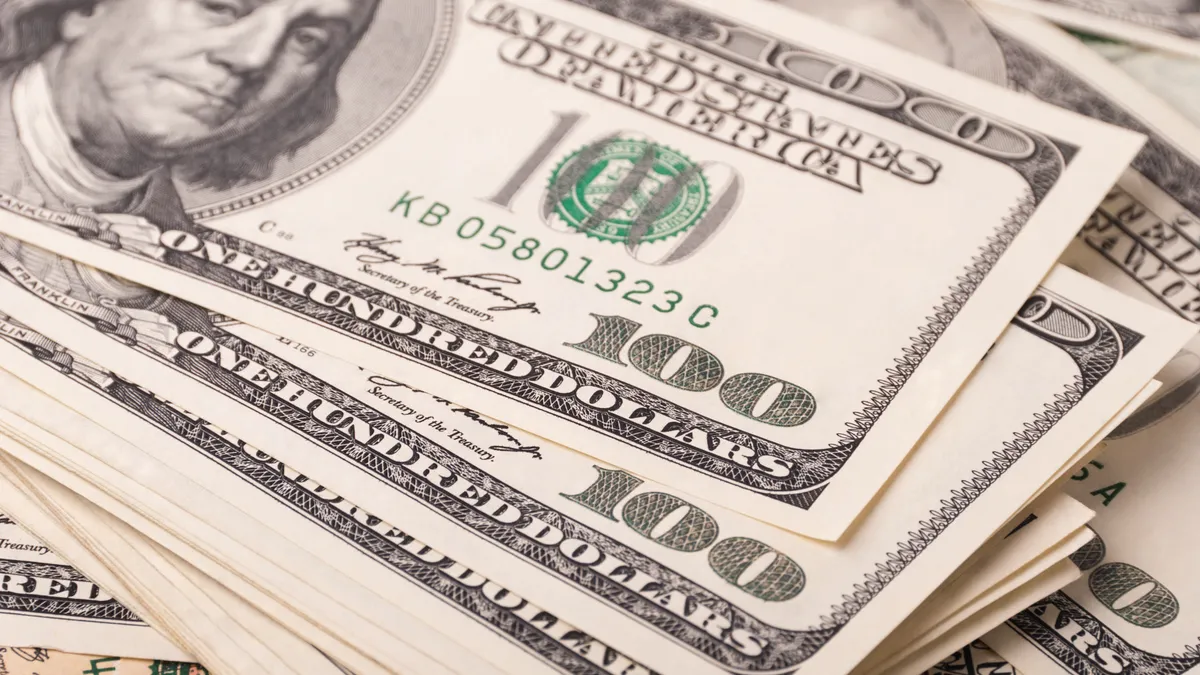Dive Brief:
- The Biden administration intends to put 7.5 million student loan borrowers who are in default back into good standing through its Fresh Start initiative, which the U.S. Department of Education detailed Wednesday.
- Under the program, defaulted borrowers will have one year from the end of the federal government's pandemic-driven student loan repayment pause to arrange payments on their debt. The repayment moratorium is set to expire at the end of this month, though it’s possible the White House will extend it. During that one-year period, borrowers with eligible loans will not be subject to collection efforts, like having their wages garnished or tax refunds revoked.
- Fresh Start applies to borrowers who defaulted on federal Direct Loans, Federal Family Education Loans under the program known as FFEL, and Perkins Loans that the Education Department services.
Dive Insight:
In April, the Education Department said it would delete the defaults of millions of borrowers who fell behind on payments prior to the coronavirus pandemic. This would give borrowers new opportunities to firm up their finances by removing the effects of delinquency and default and enabling them to restart payments in good standing, the agency said.
That month, it also extended the repayment pause until Aug. 31.
Fresh Start aims to keep borrowers out of default for the long term, potentially restoring their eligibility for federal aid and removing a black mark from their credit history. Typically, the Education Department does not allow delinquent borrowers to take out more aid.
Colleges awarding aid to students who can receive it because of Fresh Start will often need to keep extra documentation of their eligibility, the department said.
To start the process under Fresh Start, defaulted borrowers must reach out to their loan holders or the Education Department’s Default Resolution Group. If borrowers don’t act within the year, they would be at risk again for debt collection.
The department noted borrowers who do not finish their academic programs are more at risk for defaulting. Potentially regaining access to student aid could help them finish earning their credentials.
Completing a degree or credential would bolster the likelihood a borrower could repay student loans, college access advocates have argued. However, conservative policymakers have bristled at the idea of providing flexibility to borrowers with a poor history of repayments.
Rep. Virginia Foxx, a North Carolina Republican who is the ranking member of the House Education and Labor Committee, said in a statement that it’s “insanity” to give defaulted borrowers the ability to borrow more without assurances they can afford to do so.
“If these individuals were unable to pay back their loans the first time they borrowed, how will giving them access to more debt help?” Foxx said. “This is a terrible gamble — one for which taxpayers will end up paying the price.”
The Education Department also on Wednesday urged institutions to tackle other forms of debt or financial stressors that can impede students from reenrolling in college. It suggested using federal coronavirus aid Congress allocated to institutions, or colleges’ own money, to defray students’ unpaid balances.













